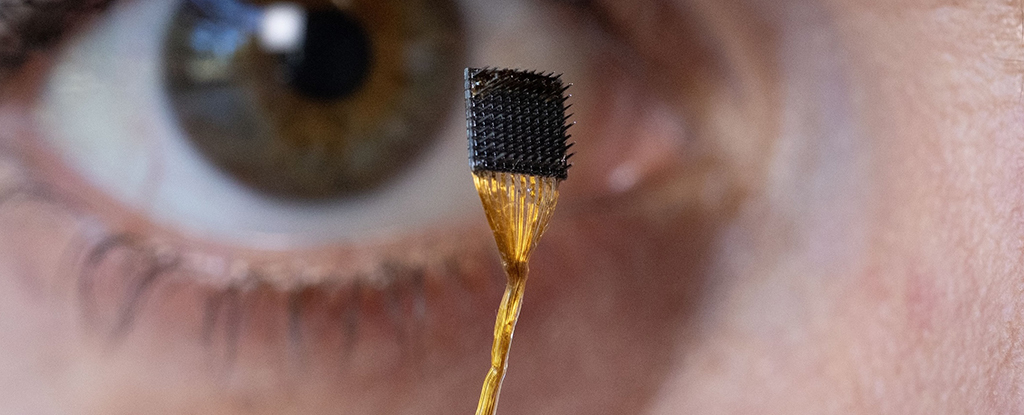
Researchers have made significant advancements in brain-computer interface (BCI) technology, developing a system capable of translating thoughts into audible speech. This innovative inner speech decoder stems from collaborative efforts among scientists at various institutions across the United States. In trials involving four participants with severe paralysis, the device achieved an impressive accuracy rate of up to 74 percent in converting thoughts into spoken words.
The potential applications of this technology are profound, particularly for individuals with speech or motor impairments. While the system demonstrates considerable promise, further enhancements are needed to improve its accuracy and personalization. Previous BCI models primarily focused on brain activity generated when a paralyzed individual attempted to speak or write, despite their physical limitations. The current technology, however, advances closer to the source of thought, offering new possibilities for effective communication.
Understanding the Technology
According to Benyamin Meschede-Krasa, a neuroscientist at Stanford University, the ability to think about speech rather than physically attempt to articulate it could significantly enhance communication speed and ease for users. The new BCI relies on an implant designed to measure neural activity and detect patterns associated with phonemes, the fundamental units of speech. These phonemes are subsequently organized into sentences.
Machine learning techniques trained the BCI to associate brain signals with specific words as participants contemplated them, particularly focusing on the motor cortex responsible for movement, including speech. The research team discovered that certain brain patterns overlapped when volunteers attempted to speak and when they merely imagined words and phrases. Despite the overlap, researchers could distinguish between the two types of signals, leading to successful decoding.
The BCI can recognize up to 125,000 words using inner speech alone, thanks to probability calculations that consider typical phoneme and word combinations. Frank Willett, another neuroscientist at Stanford University, stated, “These patterns appeared to be a similar, but smaller, version of the activity patterns evoked by attempted speech.”
While the current results are promising, the BCI often fell short of the maximum 74 percent accuracy. However, researchers express optimism about the potential for rapid improvements in the coming years through enhanced implant technology and expanded brain mapping.
Addressing Privacy Concerns
Another critical challenge lies in ensuring user privacy. The ability to translate inner monologues could inadvertently expose private thoughts, which poses significant ethical considerations. To mitigate such risks, researchers suggest implementing safeguards, such as requiring users to think of a specific password to activate or deactivate the decoding process. This concept was trialed during experiments with a success rate of 98 percent.
The field of brain-computer interfaces is progressing rapidly. Earlier in March 2023, another study focused on real-time thought decoding was published, although it was tailored to a single individual. The future of BCIs appears promising, with Willett expressing hope that these devices will eventually facilitate communication that is as fluent and natural as conversational speech.
This groundbreaking research has been documented in the journal Cell, marking another milestone in the evolving landscape of brain-computer interface technology.






